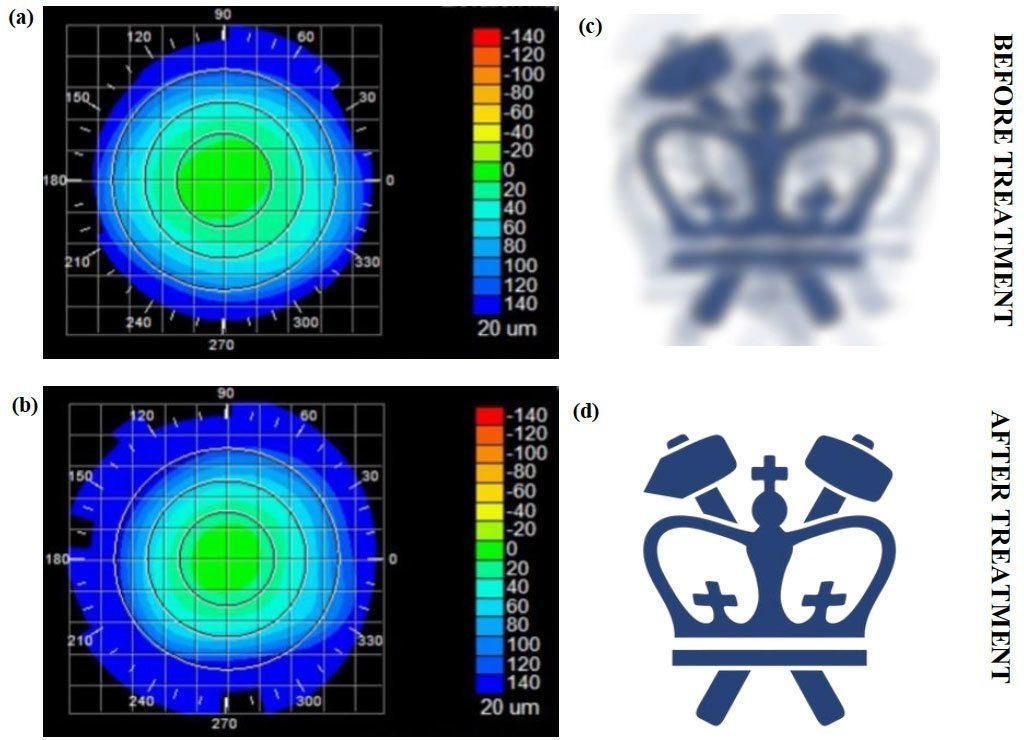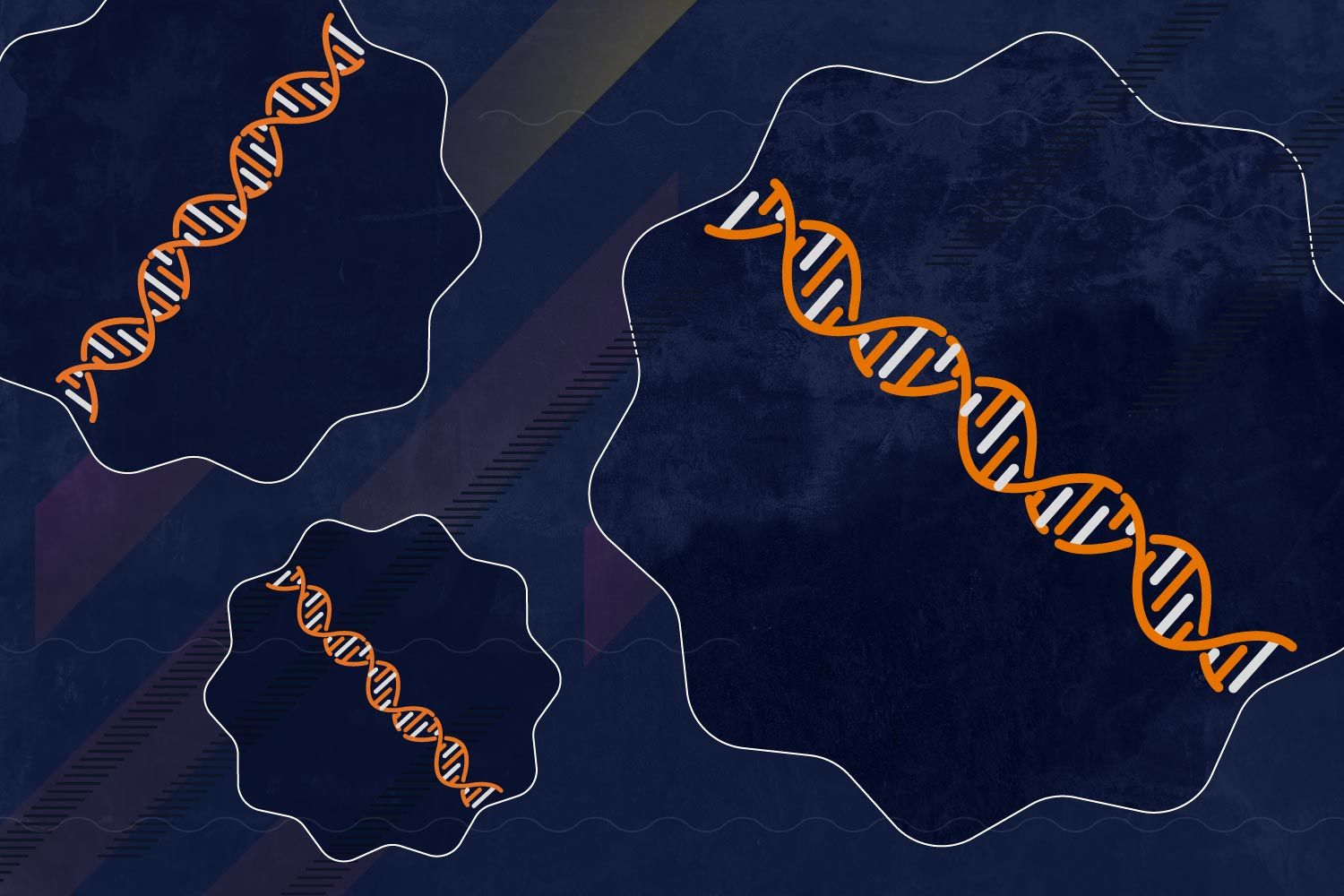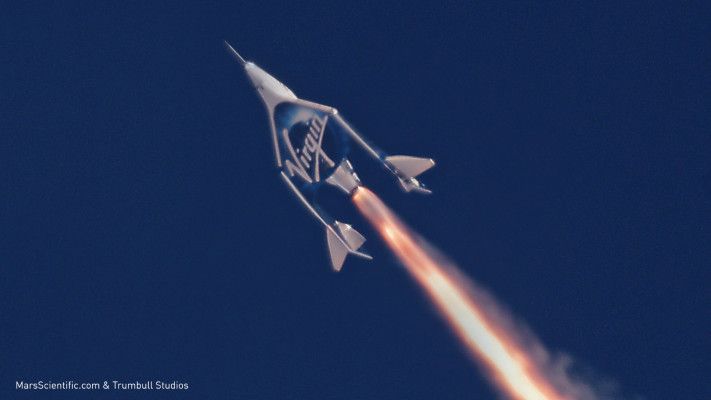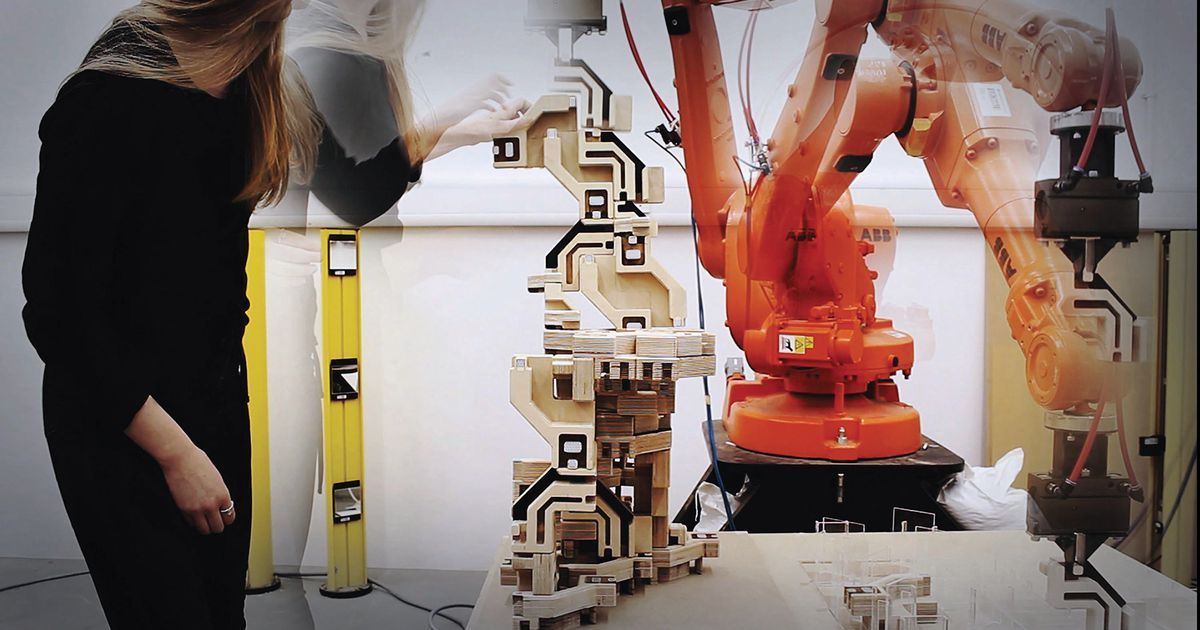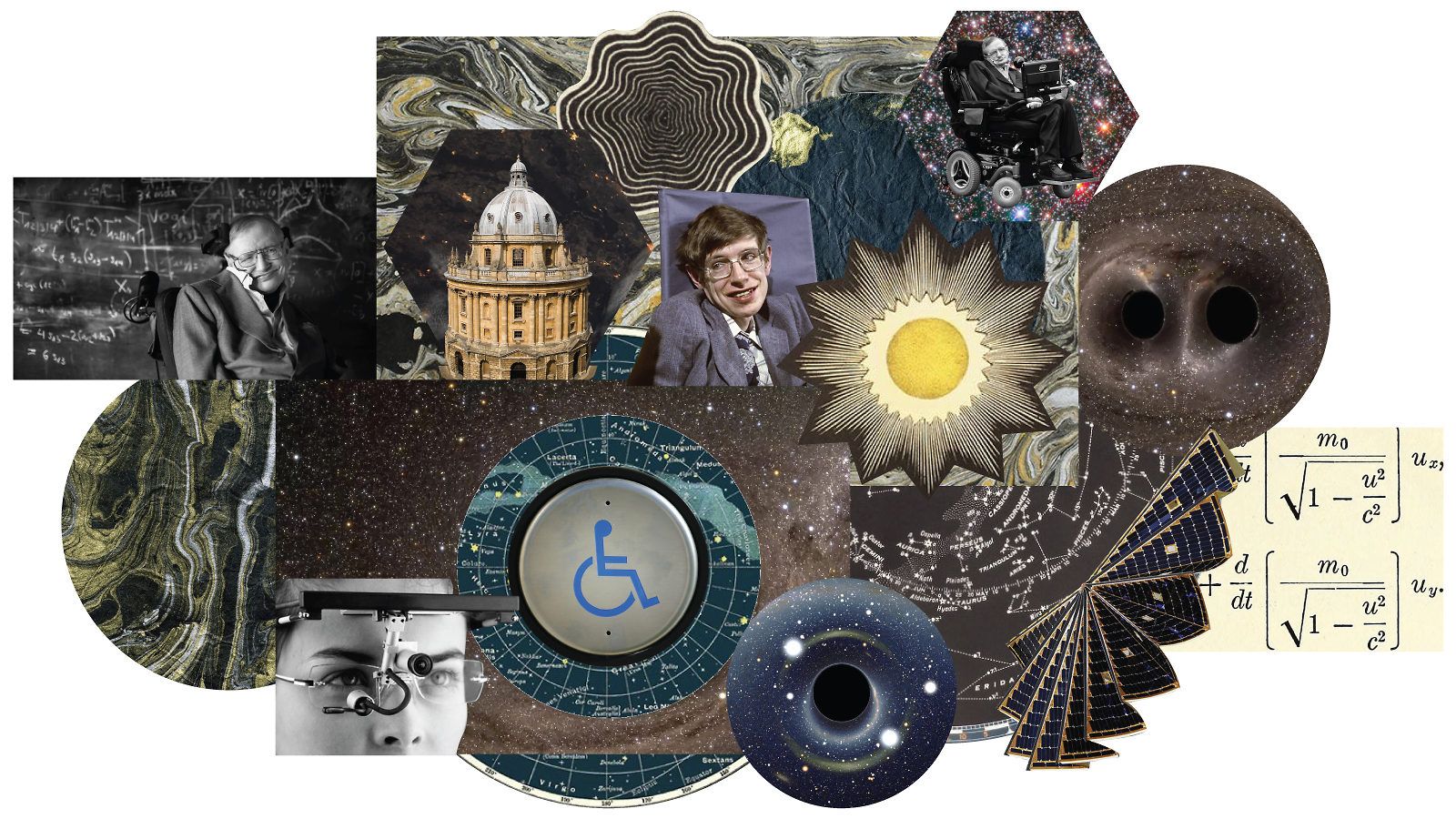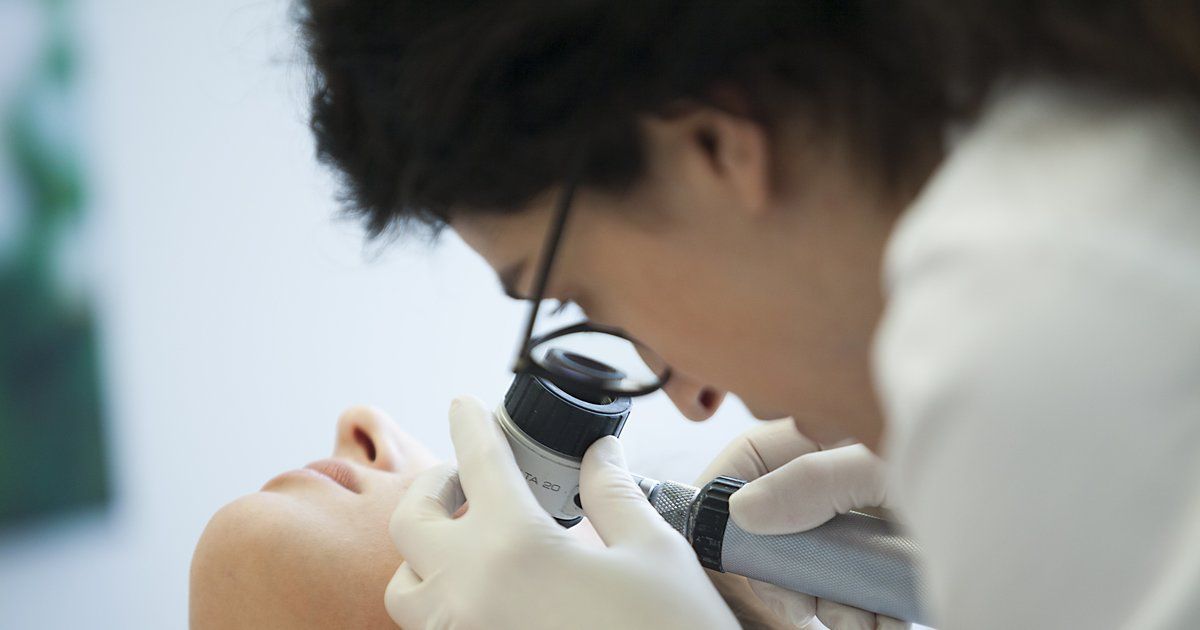Page 8842
May 30, 2018
Engineers invent a noninvasive technique to correct vision
Posted by Shailesh Prasad in categories: biotech/medical, engineering
Nearsightedness, or myopia, is an increasing problem around the world. There are now twice as many people in the US and Europe with this condition as there were 50 years ago. In East Asia, 70 to 90 percent of teenagers and young adults are nearsighted. By some estimates, about 2.5 billion of people across the globe may be affected by myopia by 2020.
Eye glasses and contact lenses are simple solutions; a more permanent one is corneal refractive surgery. But, while vision correction surgery has a relatively high success rate, it is an invasive procedure, subject to post-surgical complications, and in rare cases permanent vision loss. In addition, laser-assisted vision correction surgeries such as laser in situ keratomileusis (LASIK) and photorefractive keratectomy (PRK) still use ablative technology, which can thin and in some cases weaken the cornea.
Columbia Engineering researcher Sinisa Vukelic has developed a new non-invasive approach to permanently correct vision that shows great promise in preclinical models. His method uses a femtosecond oscillator, an ultrafast laser that delivers pulses of very low energy at high repetition rate, for selective and localized alteration of the biochemical and biomechanical properties of corneal tissue. The technique, which changes the tissue’s macroscopic geometry, is non-surgical and has fewer side effects and limitations than those seen in refractive surgeries. For instance, patients with thin corneas, dry eyes, and other abnormalities cannot undergo refractive surgery. The study, which could lead to treatment for myopia, hyperopia, astigmatism, and irregular astigmatism, was published May 14 in Nature Photonics.
May 30, 2018
Smart Roads Could Soon Call An Ambulance, Connect You to the Internet
Posted by Shailesh Prasad in categories: internet, materials
A Kansas City startup wants to make roads smart by replacing asphalt with high-tech slabs of concrete. But are they better, than normal roads?
May 29, 2018
Time crystals could be the miracle quantum computing needs
Posted by Genevieve Klien in categories: computing, quantum physics

The mind boggling discovery that time crystals were real happened just last year, and already scientists are demonstrating possible uses for them, including their potential to revolutionize quantum computer systems.
May 29, 2018
Nvidia unveils the HGX-2, a server platform for HPC and AI workloads
Posted by Genevieve Klien in category: robotics/AI
The platform’s unique high-precision computing capabilities are designed for the growing number of applications that combine high-performance computing with AI.
May 29, 2018
Removing Wrinkles Inside Our Cells Might Reverse Aging
Posted by Manuel Canovas Lechuga in categories: biotech/medical, life extension
A new finding from the UVA School of Medicine suggests that fatty liver disease and other effects of aging may be the result of our cells’ nuclei getting wrinkly.
May 29, 2018
Virgin Galactic’s SpaceShipTwo hits Mach 1.9 in second successful test flight
Posted by Genevieve Klien in category: space travel
Virgin Galactic is celebrating a successful second test flight of SpaceShipTwo, the rocket-powered passenger spacecraft that may someday take tourists to the edge of space. Today’s test took the VSS Unity, the second craft built in this class, up to 114,500 feet and Mach 1.9, or nearly 1,300 miles per hour.
Unity’s first powered flight was less than two months ago, which was itself the first powered flight Virgin Galactic had attempted since the fatal breakup of the company’s previous SpaceShipTwo-class spacecraft, Enterprise, in 2014.
Much has been redone since then but the basics of the Virgin Galactic flight style are the same. A relatively traditional jet-powered plane, a WhiteKnightTwo class plane (in this case the VMS Eve), carries the SpaceShipTwo craft (Unity) up to somewhere around 45,000 feet. There the latter detaches and fires up its rocket engine, accelerating to high speed and high altitude, after which it glides to the surface and lands more or less like any other plane.
Continue reading “Virgin Galactic’s SpaceShipTwo hits Mach 1.9 in second successful test flight” »
May 29, 2018
Robots can build entire cities almost for free. These architects are making it happen
Posted by Genevieve Klien in category: robotics/AI
May 29, 2018
Approaching disability like a scientist
Posted by Genevieve Klien in category: futurism
May 29, 2018
In Human Vs Machine Study, AI Better at Detecting Skin Cancer
Posted by Genevieve Klien in categories: biotech/medical, robotics/AI
An artificial intelligence system accurately detected 95 percent of dangerous skin lesions in more than 100,000 images, compared to 86.6 percent by human dermatologists.

